Tibetan Plateau also known in China as the Qinghai–Tibet Plateau or the Qing–Zang Plateau was not affected by the pandemic of covid19. Qinghai province had only 18 cases of the covid19 in its peak, while Tibet Autonomous Region had just one single case. All these cases were imported from the regions of Central China. Apart from these few imported cases, Tibetan Plateau had been remaining covid free since the very beginning of the pandemic. Therefore, we can surely call this region as the safest travel destination in China (and, probably, even in the whole World!)
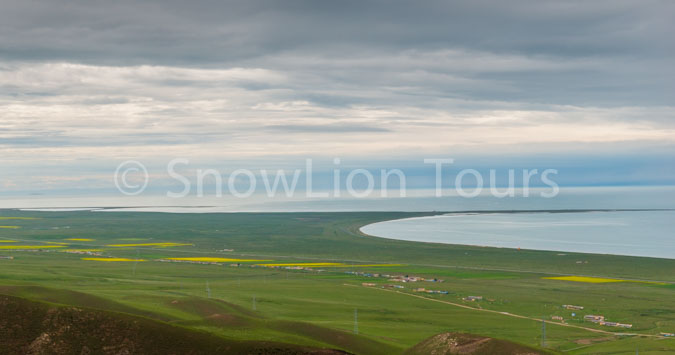
Overview of Qinghai Lake
Reopening of China domestic tourism led to the growing demand in tours to the Tibetan Plateau. Unique Tibetan culture with its old monasteries, vast grasslands, and breathtaking plateau sceneries attracts more and more travelers, who are ready to immerse into new adventures after long months of continuous quarantine.
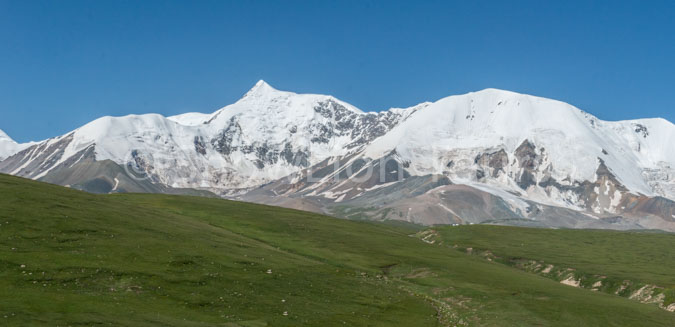
Mount Amnye Machen, the highest mountain in Qinghai
SnowLion Tours arranged this 6-day tour in Qinghai province right after restrictions related to the covid19 have been uplifted on the cross-provincial level. In order to give a glimpse or a basic idea of what such tour is like, we are posting this brief itinerary report of one of our recent trips which we arranged in July 2020.
Day 1: We drove from Xining to Kumbum Monastery. Kumbum Monastery is located in 25 km south of Xining which takes about 40 minutes to get to there. Kumbum is the largest and the most important monastery in Qinghai province. We spent around 3 hours to visit all the temples inside.
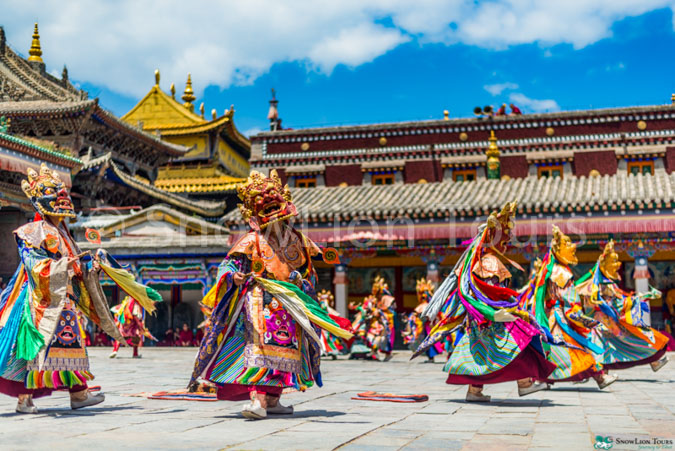
Kumbum Monastery in Qinghai
After having lunch in a local Tibetan restaurant, we headed to Qinghai Lake. Qinghai Lake, also known by its Mongolian name as Kokonor lake, is the largest salt lake in China. It is located 150 km west of Xining city. We did not go to the main entrance of the lake area. Instead we took a side way and drove all the way to the lake shore. It is our normal practice to avoid crowds at the main entrance gate so we can save some time.

Rape seeds flowers of Qinghai Lake
It is the season of rapeseed flowers now, so the whole shore is like a furry yellow blanket. The view is just mesmerizing for its contrast of the yellow meadows and the blue waters of the lake. Seagulls and black-necked cranes are flying by the shores, locals grazing their sheep – Kokonor shore views are stunning. Afterwards, we drove up to the top of Serchen mountain, from where we could see the overview of the lake. Then we continued driving to Chabcha to spend the night at a local hotel there. Many nomads set their camps there, too.
Day 2: Our morning began by driving from Gonghe county to the sacred Mount Amnye Machen. This 320 km road took around 6 driving hours. We also had several stops on the way to enjoy the view. Mount Amnye Machen is the highest mountain in Qinghai Province.
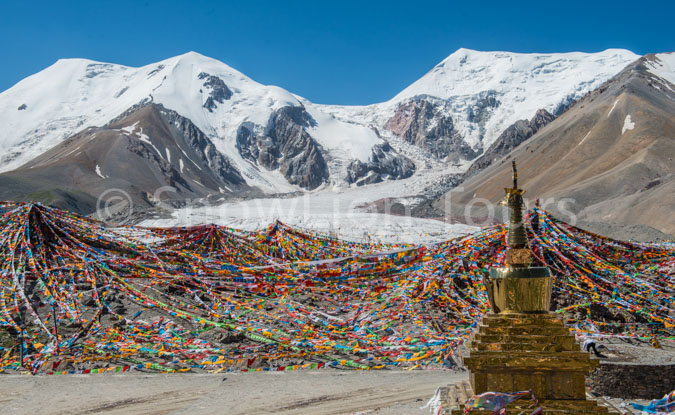
Mount Amnye Machen, the holiest mountains in eastern Tibetan Plateau.
This majestic mountain which is covered by snow year-round is also one of the four holiest mountains of the Tibetan Plateau. The other three are Mount Kailash in Western Tibet, Mount Kawa Karpo in Yunnan province and Mount Minyak Gongkar (Mount Gongga) in Sichuan Province. We got off the main road to find a trail which led us to the very bottom of the snow mountain. There we found a beautiful site next to the river and set our camp up there. What a joy it was to witness glorious sunset blazing with fabulous colors reflecting on the top of the glacier’s peak.
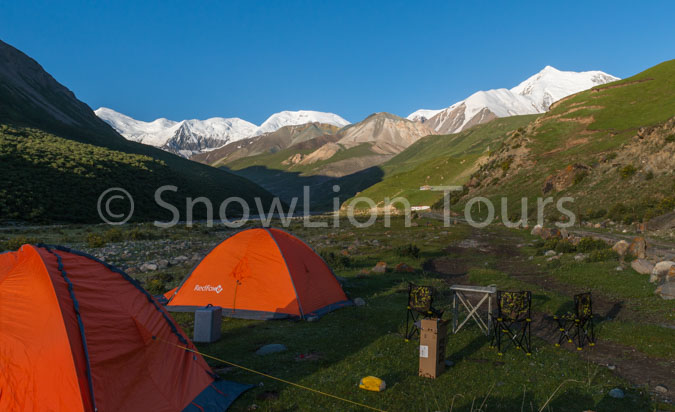
Camping tour in Qinghai
After the sun went down, stunning view of the clear night sky inspirited us beyond the words by its veil of shining stars.
Day 3: We explored the area of the Mount Amnye Machen. Here one can either go hiking to the glaciers or drive behind the mountain to enjoy a different view of it. We chose to stay at the camp site and enjoyed several short hikes around.
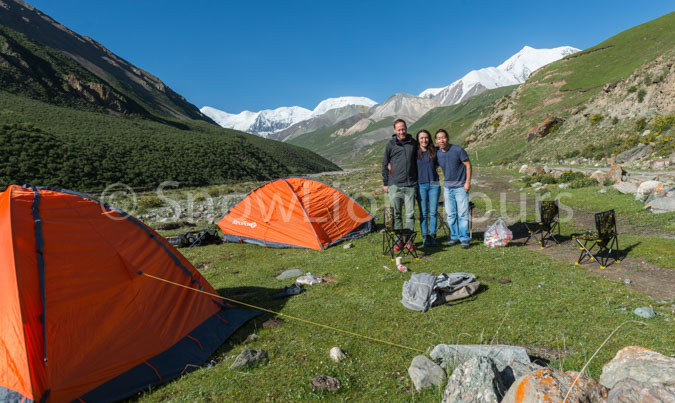
Camping at the bottom of Mount Amnye Machen in Qinghai Province.
Day 4: After seeing beautiful sunrise at the Mount Amnye Machen, we drove to Machen county of Golog Tibetan Prefecture. From there we continued to Gui’de county which is located at the bank of Yellow River. On the way, we visited Ragya Monastery and the scenic red clay mountains.
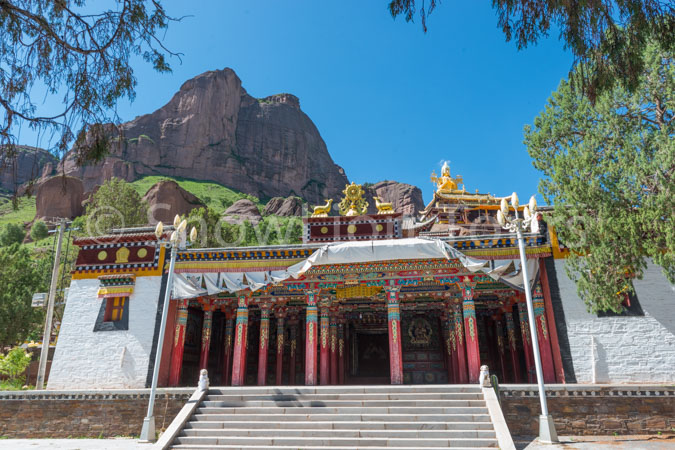
Ragya Monastery in Golog, Qinghai Province.
Day 5: In the morning we drove to the Kanbula National Park, which is also known by its Tibetan name as Kamra park. This national park offers one of the most beautiful sceneries around Xining. We spent few hours by hiking between the towering red clay mountains, and also visited Achung Nandzong Nunnery.
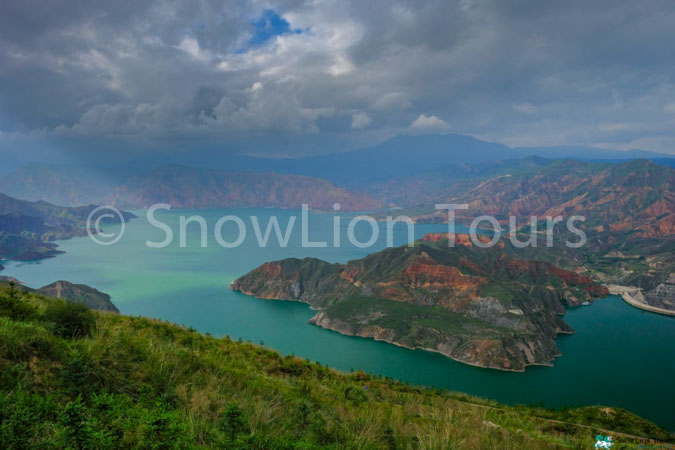
Kanbula National Park
Originally, it was a small hermitage that consisted of a few meditation caves, which later expanded to the nunnery. Those who are ready for a hike in the steep rocky trail will be rewarded by reaching the temple of the Buddha of Compassion which is located in the top of the red clay mountain.
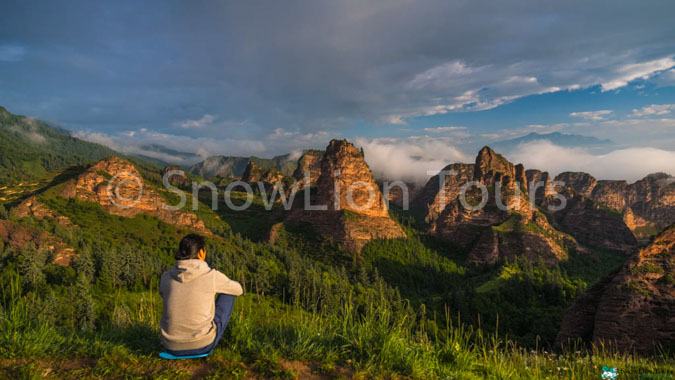
Kanbula National Park
Afterwards, we drove up to the Tibetan villages, from where we could see another highlight of the Kanbula national park – a huge turquois lake deeply nested in this vast valley. There are several places to stop while descending from the villages back to the town.
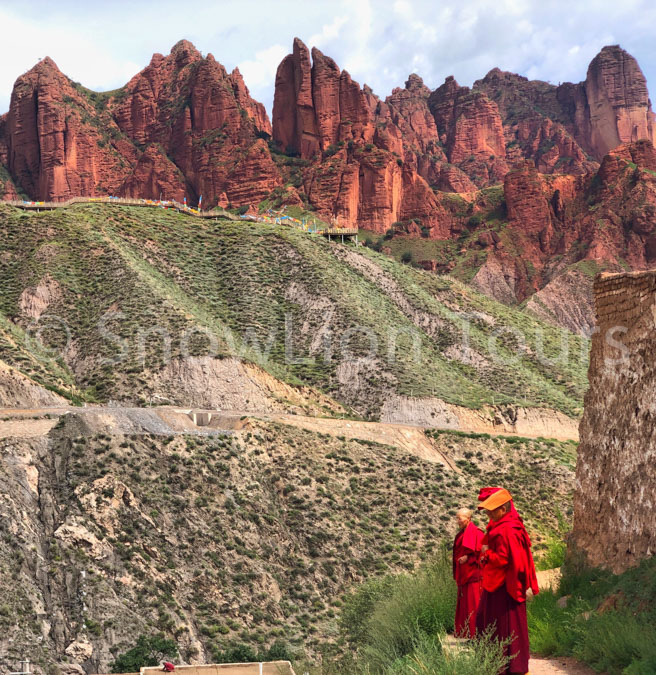
Achung Namdzong Nunnery in Kanbula National Park, Qinghai province.
After we crossed Yellow River, we continued driving in the narrowing road up to the mountain where Shachung (Jakhyung) Monastery is located. Sachung is one of the oldest monasteries in Qinghai province. It is very famous for that it raised one of the most important figures of Vajrayana – Lama Tsongkhapa, who was the founder of the Gelug school of the Tibetan Buddhism. Besides that, due to it is located on the very top of the mountain, Shachung monastery offers one of the best views of the Yellow river.
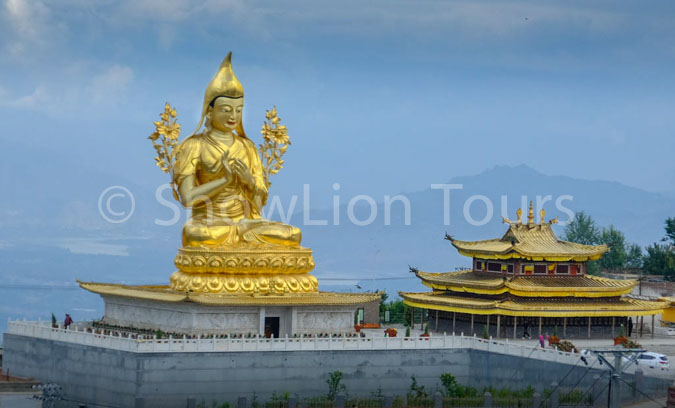
Shachung Monastery in Qinghai
In the evening we finally returned back to Xining. We were quite tired, but so happy.
Day 6: On the last day of this tour we visited Tibetan Medical and Cultural Museum, which is the most authentic and largest Tibetan museum in the whole world. It is located at the outskirt of the Xining city. There are two main exhibitions. One part of the museum is dedicated to the ancient Tibetan medical heritage, astronomy, astrology, and science. The other part focuses on Tibetan religion and culture. Many visitors come here to see the 618m-long thangka scroll which is the longest in the world. It depicts the whole history of Tibet. The whole visit to this museum takes about 3 or 4 hours.
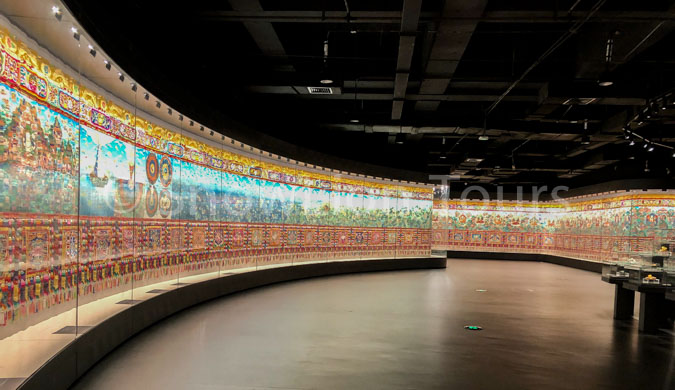
Qinghai Tibetan Medical and Cultural Museum
Our tour ended by driving to the airport as our clients had a flight to catch. Otherwise journey can be concluded by dining in a local restaurant or watching Tibetan musical performance in one of the local “nangma” bars.





